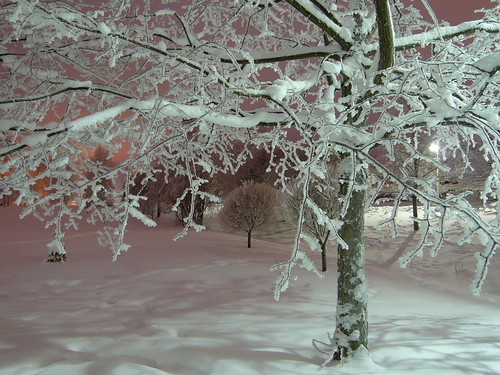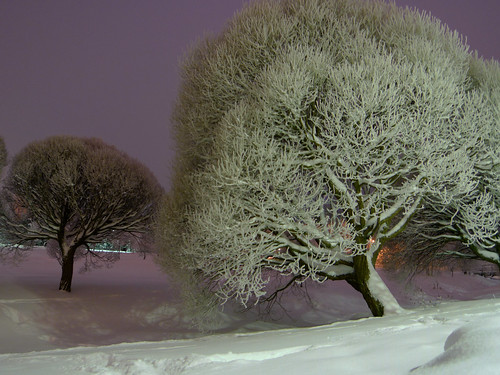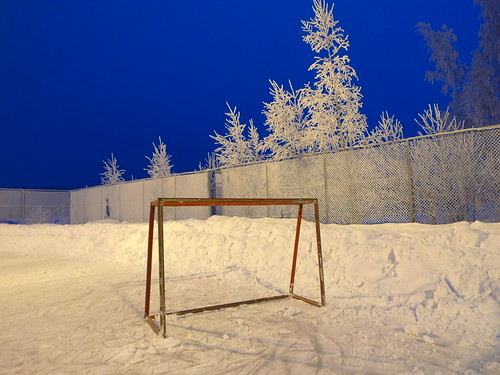The landscape changed suddenly once more, after the fog yesterday. Now tree brances, fences etc. are covered in frost, 1 cm layer of it or even more. As the frost is grayer than snow in color, the tone of the landscape is subtly different. Here are three photographs taken today.
I have been reading (in Finnish) books of Juha Seppälä, an author highly regarded by literature critics, and three-time candidate for the "Finlandia price", the highest regarded fiction price in Finland, and a winner of several other prices.
As I understand it, although Seppälä can sustain himself as a writer, he is not one of the big sellers in Finland. But his writing provides a feast for the demanding reader, especially his experimentation with the forms of writing (novels, short stories) and his description of the everyday life and happenings from a rather dark but humorous/satiristic viewpoint.
His style is quite spare, no long descriptions or metaforas, but between the lines there is a strong message coming through. Often the apparent subject and the metatext of the writing are opposite to each other, so you need to be able to "read between the lines".
I guess Juha Seppälä's text open best for those who have tried writing in some form and who know how hard it is to capture the sense of effortless description of everyday things. In that sense at least, he is a writers' writer, providing a learning experience to other writers.
I'm pondering whether are there similarly photographers who may not be well known but who provide a learning and motivating role for other photographers? And who they might be?
I can suggest one name, but he doesn't fulfill the "not well known" criteria: Sam Abell. At least he has provided a big learning experience for me.
Shop Window
5 hours ago






4 comments:
How do you get these colors? Maybe they are because of whatever the spectrum is of the light that is illuminating the scene? Maybe you set white balance to something not what the scene suggests? Whatever it is, it's a great idea and great photos.
Well, I usually use the auto white balance on the LX3, and then finetune a little bit in Lightzone I needed.
And indeed - when you have several artificial light sources, you can either try to find a "neutral" white balance (but it usually makes the photo not look good) or to use one of the light sources as the neutral one and adjust accordingly.
One of the reasons for the colors is that nearby there are several big roads (Ring III etc.) which have the yellowish lamps (I think they are high pressure Sodium vapor lamps), and their light is reflected from the snow up to the clouds and back down again.
It is actually rather interesting how the human vision adapts to the available light - only when several light sources illuminate the same area do we see the differences.
Thanks.
Yes the human eye and brain are amazing.
I remember when I was a young boy coming out from the cinema and standing at night with my parents waiting for a bus.
The sodium lights took the color out of my mother's red handbag and lipstick.
It was one of my first scientific 'wow' experiences.
Later, street lighting was changed to mercury vapor and everything looks 'normal' to the eye now.
I did some experimentation with artificial light sources today, and it is indeed wonderfully complex how the vision system works. It is part of the brain, yet not under conscious control.
Post a Comment